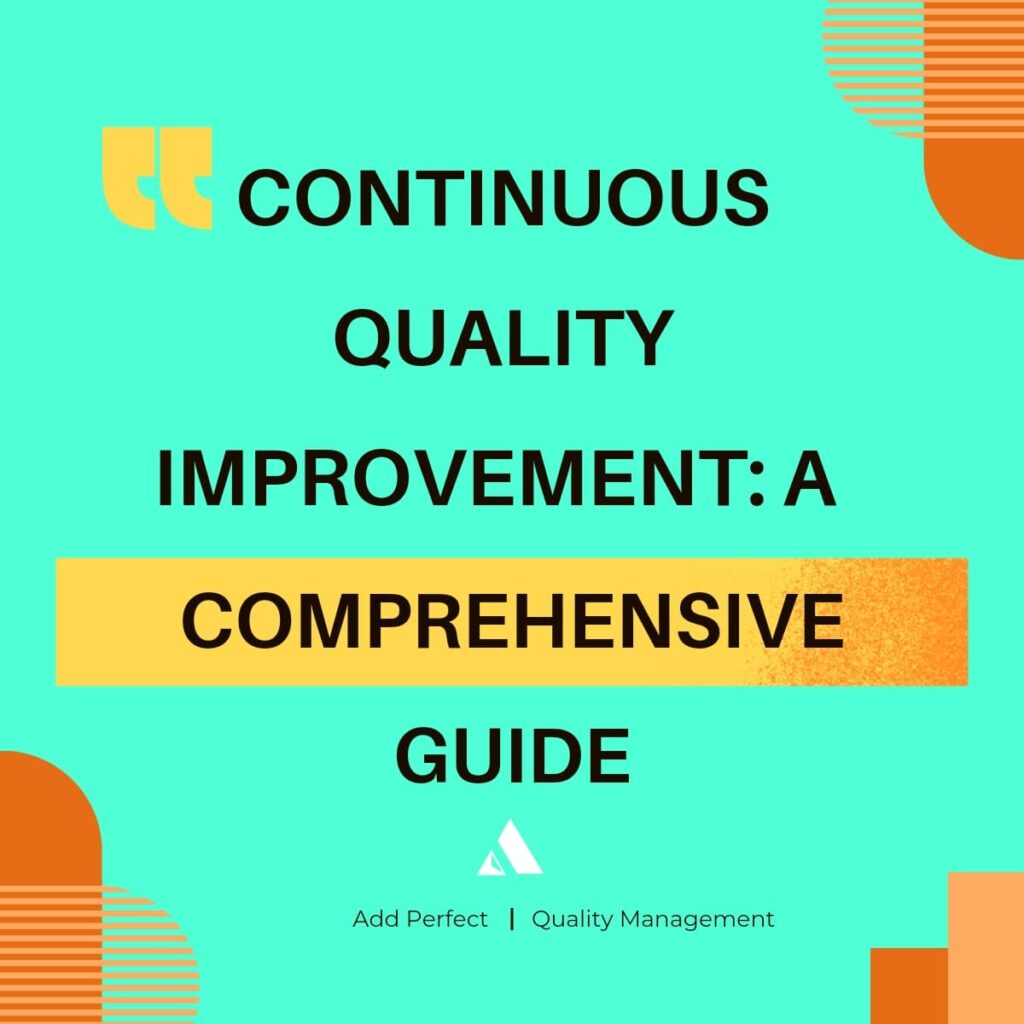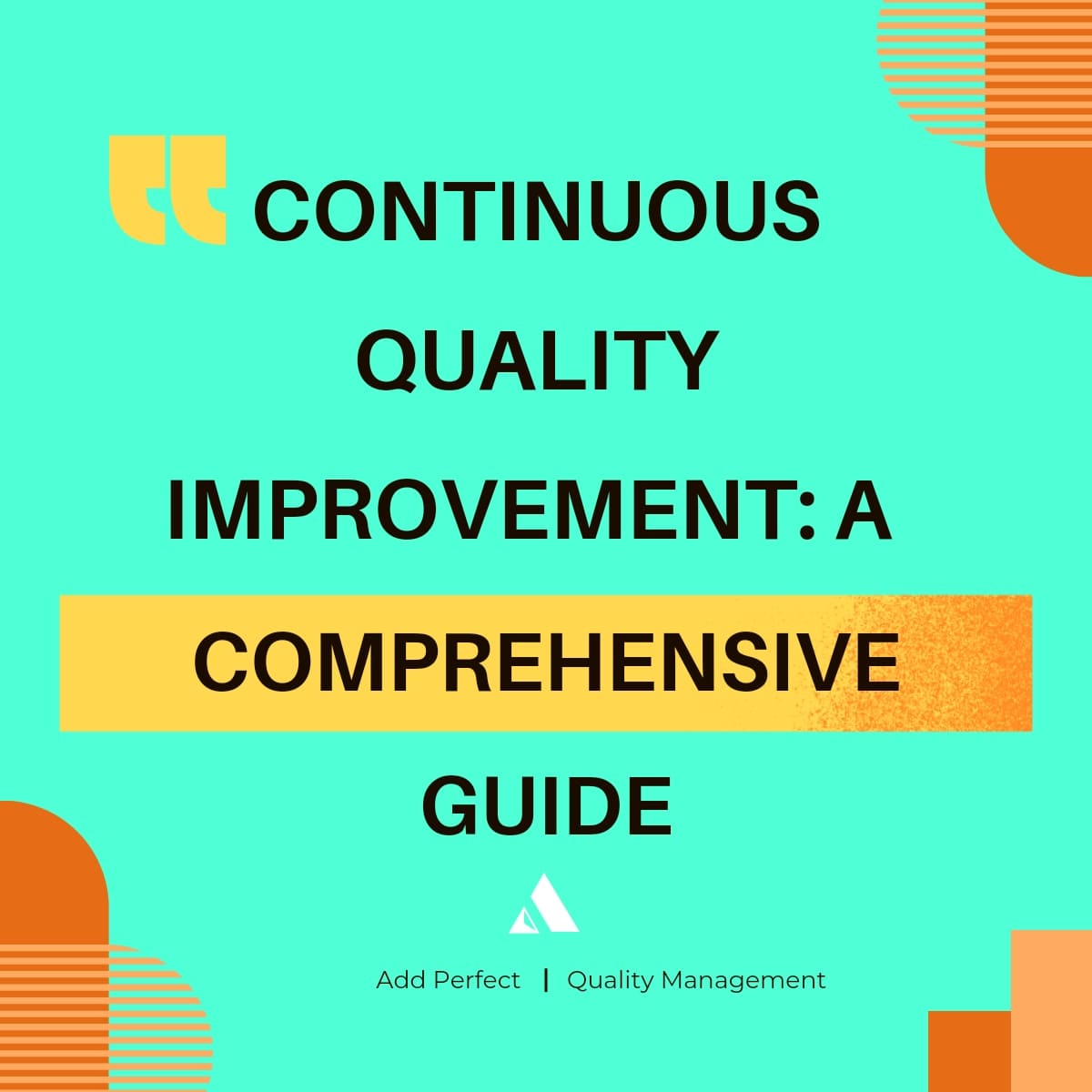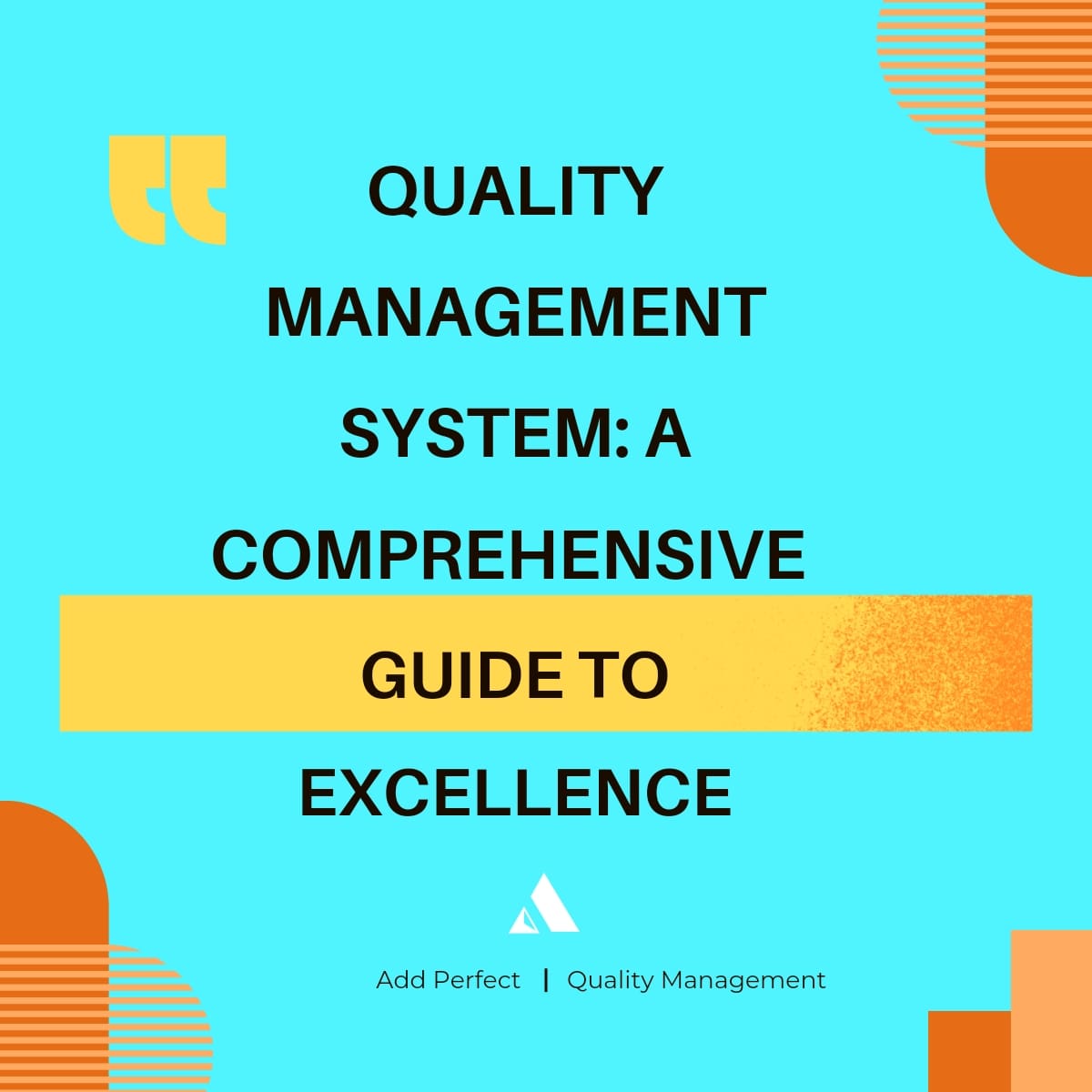Explore the concept of continuous quality improvement (CQI), its importance, methodologies, and how it can drive excellence in your organization.

Introduction
In today’s dynamic business environment, organizations must continuously evolve to meet customer expectations and maintain a competitive edge. Continuous quality improvement (CQI) is a strategic approach that focuses on constantly improving processes, products, and services to enhance quality and efficiency. This article delves into the intricacies of CQI, its principles, implementation strategies, and benefits.
What is Continuous Quality Improvement?
Continuous quality improvement (CQI) is a methodical approach to identifying, analyzing, and improving processes incrementally over time. Unlike one-time improvement initiatives, CQI emphasizes ongoing efforts to achieve incremental enhancements.
Key Elements of CQI:
- Customer Focus: Prioritizing customer needs and expectations.
- Data-Driven Decisions: Using data and metrics to inform improvement efforts.
- Process-Centric: Concentrating on process improvements to achieve better outcomes.
- Employee Involvement: Engaging all levels of employees in the improvement process.
- Sustainability: Ensuring improvements are maintained over the long term.
Principles of Continuous Quality Improvement
Successful implementation of continuous quality improvement relies on several core principles:
1. Customer Focus
Meeting and exceeding customer expectations is at the heart of CQI.
Applications:
- Conducting customer feedback surveys.
- Using feedback to drive improvements.
- Tailoring services to better meet customer needs.
2. Leadership Commitment
Leadership must be committed to fostering a culture of continuous improvement.
Applications:
- Setting a clear vision and goals.
- Allocating resources for CQI initiatives.
- Encouraging a culture of quality and improvement.
3. Involvement of People
Engaging employees at all levels ensures a collective effort towards improvement.
Applications:
- Encouraging teamwork and collaboration.
- Offering training and development programs.
- Recognizing and rewarding contributions to CQI.
4. Process Approach
Understanding and managing processes as interrelated systems ensures consistent and predictable results.
Applications:
- Mapping out processes to identify areas for improvement.
- Standardizing procedures to reduce variability.
- Continuously monitoring and optimizing processes.
5. Systematic Approach to Management
Managing CQI efforts systematically aligns them with organizational goals.
Applications:
- Developing a structured CQI plan.
- Integrating CQI with strategic objectives.
- Regularly reviewing and adjusting the CQI approach.
6. Factual Approach to Decision Making
Making decisions based on data and analysis leads to more effective improvements.
Applications:
- Collecting and analyzing relevant data.
- Using data to identify improvement opportunities.
- Implementing changes based on evidence and analysis.
7. Continual Improvement
A focus on continuous, incremental improvement ensures long-term success.
Applications:
- Setting achievable improvement goals.
- Implementing iterative improvements.
- Regularly reviewing and refining improvement efforts.
Implementing Continuous Quality Improvement
Implementing continuous quality improvement involves a structured approach. Here is a step-by-step guide to help you implement CQI effectively.
Step 1: Identify Improvement Areas
Analyze processes to identify areas that need improvement.
Step 2: Set Improvement Goals
Establish clear, measurable goals for the improvement effort.
Step 3: Develop an Improvement Plan
Create a detailed plan outlining the steps, resources, and timeline for achieving the goals.
Step 4: Engage Employees
Involve employees in the improvement process through training and participation.
Step 5: Implement the Plan
Execute the improvement plan, ensuring all steps are followed.
Step 6: Monitor and Measure Progress
Use key performance indicators (KPIs) to track progress and effectiveness.
Step 7: Review and Refine
Continuously review the improvement efforts and make necessary adjustments to achieve desired outcomes.
Tools and Techniques for Continuous Quality Improvement
Several tools and techniques can facilitate continuous quality improvement:
1. Plan-Do-Check-Act (PDCA) Cycle
A four-step iterative process used for problem-solving and improvement.
| PDCA Cycle |
|---|
| Phase |
| Plan |
| Do |
| Check |
| Act |
2. Six Sigma
A data-driven methodology aimed at reducing defects and improving quality.
| Six Sigma Steps |
|---|
| Phase |
| Define |
| Measure |
| Analyze |
| Improve |
| Control |
3. Lean Management
A methodology focused on minimizing waste and maximizing value.
| Lean Principles |
|---|
| Principle |
| Value |
| Value Stream |
| Flow |
| Pull |
| Perfection |
4. Root Cause Analysis (RCA)
A technique used to identify the underlying causes of problems.
| RCA Steps |
|---|
| Step |
| Define |
| Collect Data |
| Identify Causes |
| Implement Solutions |
5. Benchmarking
Comparing processes and performance metrics to industry best practices.
| Benchmarking Process |
|---|
| Step |
| Identify |
| Analyze |
| Implement |
| Monitor |
Benefits of Continuous Quality Improvement
Implementing continuous quality improvement offers numerous benefits:
Enhanced Customer Satisfaction
By consistently meeting and exceeding customer expectations, CQI leads to higher customer satisfaction and loyalty.
Improved Efficiency and Productivity
Streamlined processes reduce waste and enhance productivity, leading to cost savings and better resource utilization.
Increased Employee Engagement
Involving employees in CQI efforts fosters a culture of collaboration and continuous learning.
Better Decision Making
Data-driven decision-making improves the accuracy and effectiveness of business decisions.
Competitive Advantage
Organizations that consistently improve their processes and products gain a competitive edge in the market.
Compliance with Standards
CQI helps organizations comply with industry standards and regulatory requirements, reducing the risk of non-compliance issues.
Challenges in Implementing Continuous Quality Improvement
While the benefits of CQI are significant, organizations may face challenges during implementation:
Resistance to Change
Employees may resist changes to established processes and procedures.
Resource Constraints
Implementing CQI requires time, effort, and resources, which can be a constraint for small businesses.
Complexity
Managing CQI efforts can be complex, especially for organizations with diverse products and services.
Sustaining Improvements
Ensuring that improvements are maintained over the long term can be challenging.
Overcoming Challenges in Continuous Quality Improvement
To overcome these challenges, organizations can adopt several strategies:
Leadership Support
Ensure leadership is committed to CQI and provides the necessary resources and support.
Employee Involvement
Engage employees at all levels in the CQI process and provide training to ease the transition.
Simplification
Simplify processes and procedures to make CQI more manageable.
Use of Technology
Leverage technology, such as quality management software, to streamline CQI processes and reduce complexity.
Case Study: Successful Implementation of Continuous Quality Improvement
Company A: Manufacturing Industry
Company A, a leading manufacturer, faced quality issues affecting customer satisfaction. By implementing continuous quality improvement, they improved process efficiency, reduced defects by 25%, and enhanced customer satisfaction.
Company B: Healthcare Sector
Company B, a healthcare provider, struggled with regulatory compliance and patient satisfaction. Implementing continuous quality improvement helped them streamline processes, comply with regulations, and improve patient outcomes.
Frequently Asked Questions about Continuous Quality Improvement
1. What is the main goal of continuous quality improvement?
The main goal is to achieve ongoing improvements in processes, products, and services to meet and exceed customer expectations.
2. How does CQI differ from one-time improvement initiatives?
CQI focuses on continuous, incremental improvements over time, while one-time initiatives aim for immediate, significant changes.
3. Can CQI be applied to small businesses?
Yes, continuous quality improvement can be scaled to fit the needs and resources of small businesses, helping them enhance quality and efficiency.
4. What are common challenges in implementing CQI?
Common challenges include resistance to change, resource constraints, complexity, and sustaining improvements.
5. How often should CQI efforts be reviewed and updated?
CQI efforts should be reviewed regularly, at least annually, or whenever significant changes occur in processes or standards.
Conclusion
Continuous quality improvement is essential for organizations aiming to deliver high-quality products and services consistently. By adhering to CQI principles and implementing effective strategies, organizations can enhance customer satisfaction, improve operational efficiency, and achieve long-term success. Understanding and overcoming the challenges of CQI implementation will pave the way for a robust quality culture and continuous improvement.



